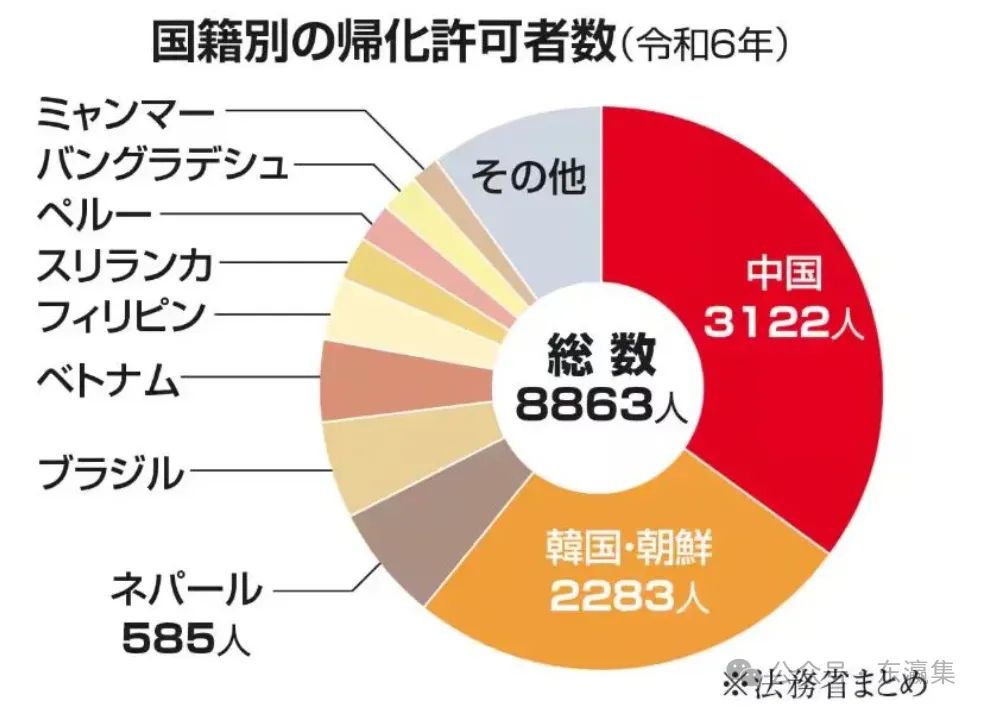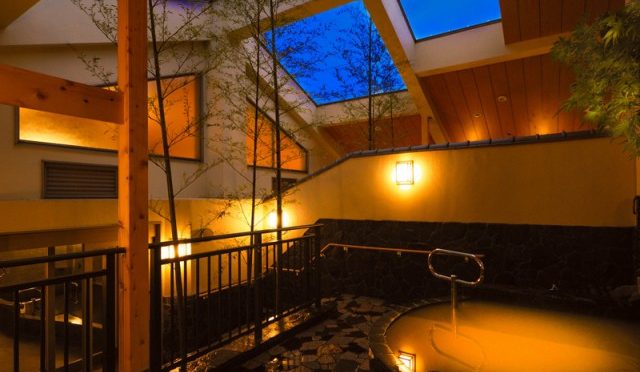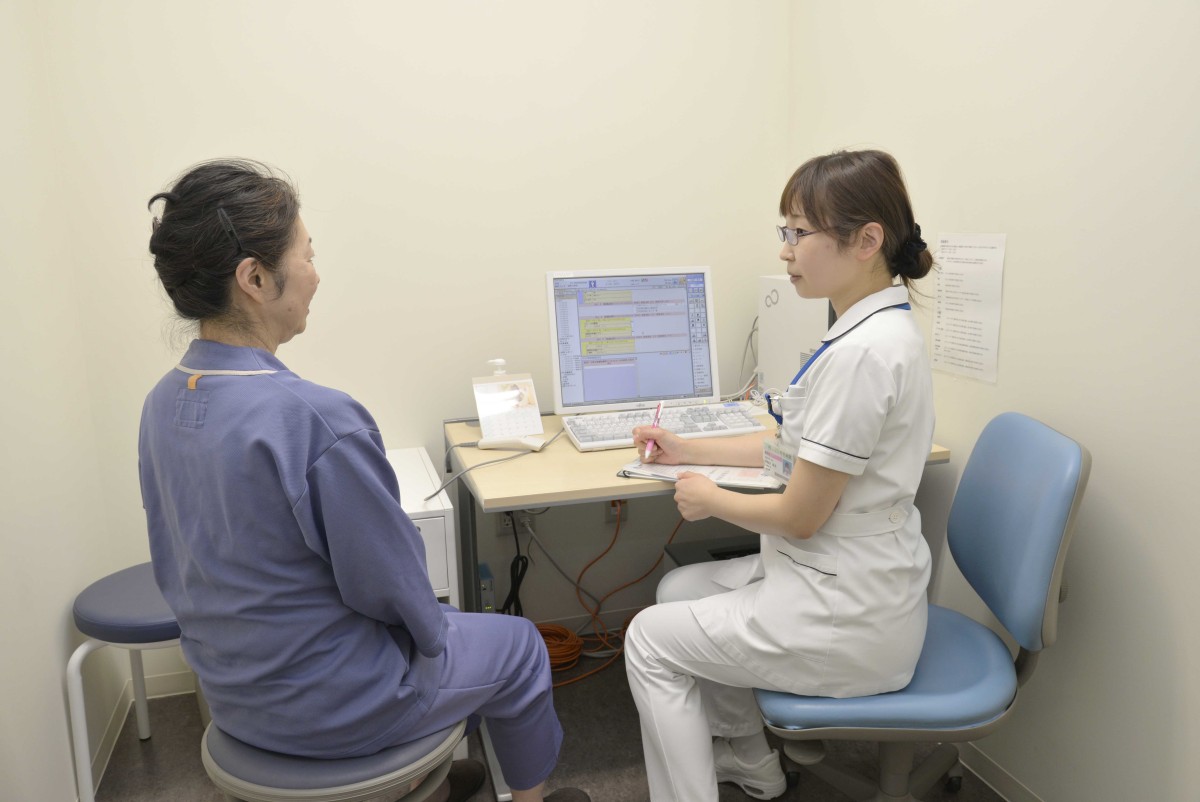Today, I wish to discuss the matter of the cost of living in Japan with everyone. Given the continuous rise in domestic prices, some friends may be curious whether living in Japan has become more expensive than before.
Firstly, it's important to clarify that the expenses for living and working in Japan are not related to studying abroad or engaging in internships or part-time work in Japan. Let's set a scenario where a family of three resides in Tokyo, with the child not yet attending school, and they have a monthly living budget of 20,000 Yen. What kind of lifestyle can they afford? Let's delve into it.
Cost of Living in Japan — Accommodation
First and foremost, the major expense is undoubtedly accommodation. In Japan, whether renting or buying a house, the monthly mortgage difference is not significant. Renting a house is not necessarily more affordable, and buying a house does not necessarily result in a lower monthly mortgage. The difference is minimal. For a family of three, prioritizing the living space is crucial, especially with a child. A two-bedroom apartment with an area of around 40-50 square meters may be necessary.
Assuming their commute to work takes approximately one hour, the rent for such an apartment might be around 100,000 Yen per month, leaving them with 200,000 Yen.
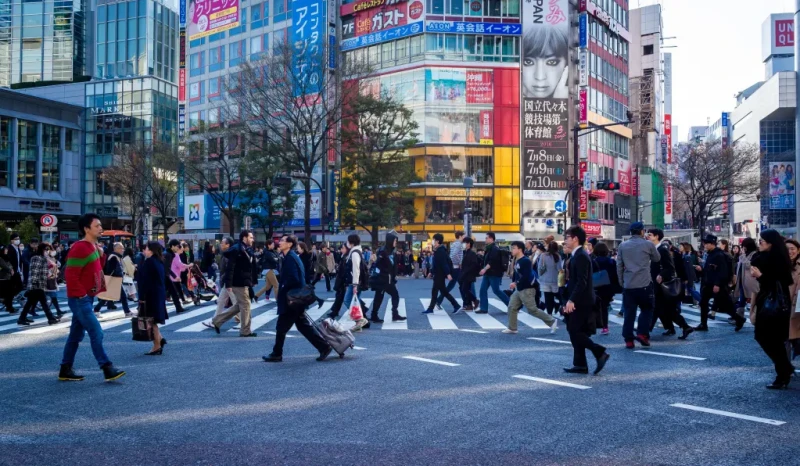
Cost of Living in Japan — Dining
The second significant expenditure is on food, which is also the area with the most substantial cultural differences between Chinese and Japanese people. With a monthly income of 300,000 Yen, they might rarely eat out and prefer to cook at home.
As you may know, buying groceries at Japanese supermarkets can be quite expensive. An apple costs around 10 Yen, and a watermelon can be as much as 70-80 Yen. Vegetables are often more expensive than meat, eggs, and dairy. With a child in the picture, there's the occasional need for meat stews and seafood dishes.
For a family of three, the average monthly expenditure on food is at least 70,000-80,000 Yen. However, some Japanese families manage to spend as little as 40,000 Japanese yen per month, largely due to their smaller appetites.
Next are utilities—water, electricity, and gas—amounting to approximately 15,000 Yen.
Internet and mobile communication costs are around 10,000 Yen.
Cost of Living in Japan — Clothing
In Japan, if you're not pursuing luxury brands, you can actually save quite a bit on clothing. At the very least, we know there's Uniqlo in Japan, along with many other high-quality affordable brands. A budget of 2,000 Yen per month for clothing should be sufficient. Of course, if you occasionally indulge in buying a handbag or luxury items, the sky's the limit.
Cost of Living in Japan — Daily Necessities
Daily necessities are reasonably priced in Japan. Many people come to Japan specifically to shop at drugstores, as the cost-effectiveness of daily necessities, skincare and cosmetic products, and bath items is quite high. A budget of 10,000 Yen per month should definitely cover these expenses.

Cost of Living in Japan — Entertainment
Dining out in Japan can be a bit pricey. If you go out with friends for a meal, the average cost per person is typically between 3,000 and 5,000 Yen, considered a basic price. If it's a high-end experience, encompassing both socializing and entertainment, it could go up to 20,000 Yen. One positive aspect in Japan is the widespread practice of splitting bills, similar to Western cultures, with little concept of treating others.
Cost of Living in Japan — Healthcare and Insurance
About 20,000 Japanese yen per month.
Cost of Living in Japan — Education
In Japan, especially before starting school, educational expenses can vary. If you wish to spend more, there are numerous educational products available. However, for those taking a more relaxed approach, education costs are nearly negligible. The Japanese government provides a monthly subsidy of 15,000 yen for children aged 0-3. Furthermore, starting from October 2019, childcare centers and kindergartens in Japan have largely become free.
Regarding education-related expenses, costs may include fees for interest classes and tutoring. For example, enrolling in a swimming class or MYGYM would cost around 20,000 yen per month. Including activity fees, kindergarten expenses, and the like, a budget of 30,000 yen should be sufficient.
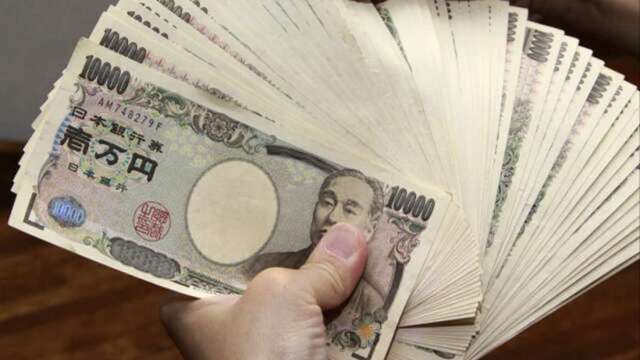
With these considerations, the total reaches around 295,000 Yen, leaving virtually nothing spare from a 300,000 Yen budget. This situation is characterized by living on a tight budget. Of course, there may be opportunities to save in housing, clothing, and food, potentially allowing for a slight surplus each month. However, maintaining a budget of 300,000 Yen implies a financially challenging lifestyle.
Nevertheless, living on this budget in Japan doesn't necessarily categorize one as impoverished. According to the latest National Survey of Family Income and Expenditure in Japan, the average household income for individuals aged 30 to 39 (referred to as the "thirties" in Japan) is over 5.7 million Japanese yen. After tax, this translates to over 4.3 million Japanese yen, accounting for additional taxes and fees, leaving around 300,000 yen. While this is an average figure, it provides insight into the standard of living in Japan for individuals within this age range.



